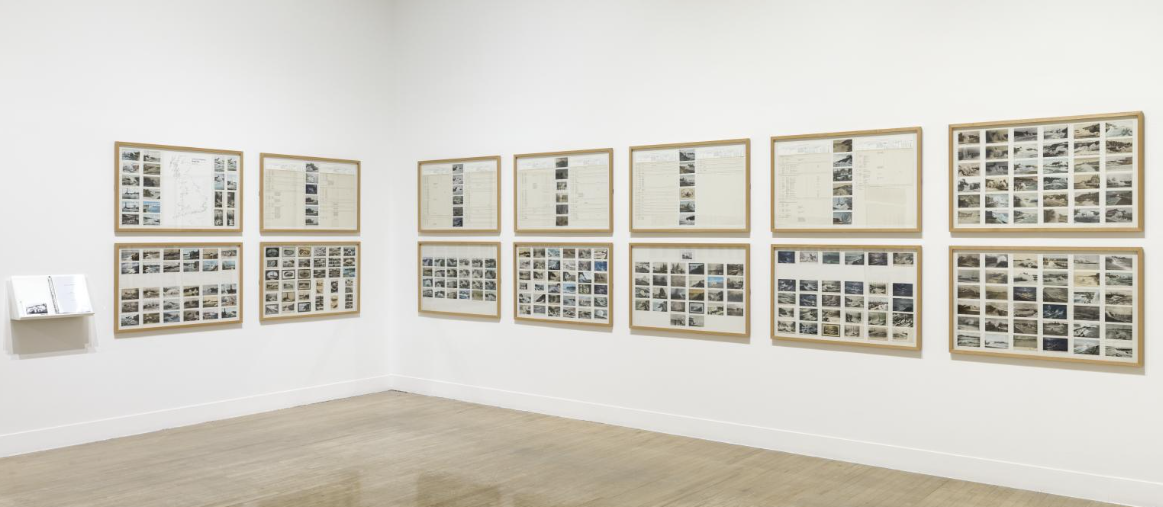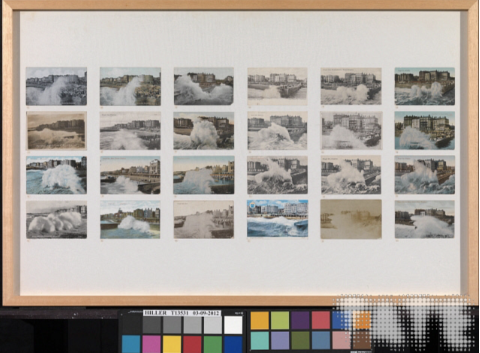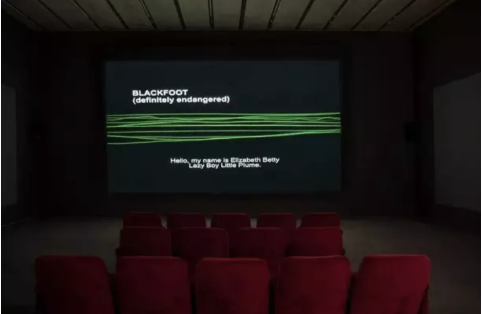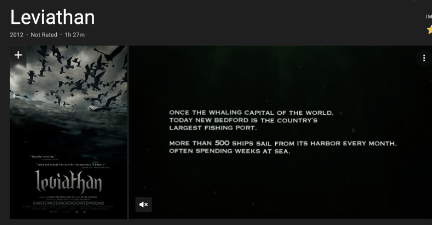group presentation, exploring terms within the set text, The Ethnographic Turn in Contemporary Art:
ethnography
ethnography is approached from a thematic or methodological perspective, rather than by looking for fixed categories to define ‘ethnographic art’. Ethnographers look at cultural practices in which attention is paid to inter-subjectivity, where one relates engagement with a particular situation and the assessment of its meaning and significance to a broader context. The aim is to further the critical work on ethnography in relation to contemporary art by specifically looking at art practices and processes, thereby offering a bottom-up perspective from artists, critics and theorists addressing the questions if, why and how an ethnographic perspective is indeed at work.
Methodology- methodological
Ordered systematic and established procedures

Dedicated to the unknown artists- Susan Hiller- 1972-6
consists of fourteen panels containing over three hundred original postcards depicting waves crashing onto shores around Britain. A large map annotated with each of the locations featured in the postcards is included in the first panel. The remaining panels have been subjected to what the artist has described as her ‘methodical-methodological approach’ and are organised into grids of postcards and tabulated details such as location, caption, legend, in vertical or horizontal format. The group of postcards only came to exist as a ‘set’ by the artist’s act of collecting them, and the visual correspondences that the collection highlights would have been previously unseen. Process of collecting, presenting, and interpreting these artefacts to represent ‘a study of the invisible’ using a well-informed, systematic process.

installation
Medium: 305 postcards, sea charts and map mounted on 14 panels, books
This group of postcards exists as a “collection” only through the act of collecting by the artist, and the visual correspondences highlighted by the series were previously unseen.
Her work often emerges from a process that resembles collecting, cataloging, and recreating culturally rich artifacts and experiences.

She expands on this theme with the video work Lost and Found, a collage of voices spoken in 23 languages, including Aramaic, Comanche, and Extinct or endangered languages such as Livonian.
An ever-changing oscillometric line gives sound a visual form, proposing such a profound idea: Individuals separated by time, geographical space and worldview are still connected by the tangible experience brought by sound, in verbal communication During this period, the sound resonates through the human body.
Sensory Turn:
The ethnographer nowadays less concerned with the possibilities of accurately representing the ‘other’ and his/her culture, they aims to comparatively relate his/her own cultural frame to that of the ‘other’, in view of establishing an interactive relation. Continuous self-questioning within anthropology and ethnographic research has caused a problematisation of the different possible ways of communicating ethnographic findings and insights. This interest has been referred to as the ‘sensory turn’ in anthropology and ethnographic research.

This is increasingly being proven by ethnographic story telling such as Lucien Castaing-Taylor`s Leviathan (2012). Castaing-Taylor, through visual techniques, bring a remarkable degree of defamiliarization to their ways of ethnographic storytelling. In Leviathan, one sees familiar things differently such as the clear distinctions between sounds of the same element; water.
As a group we discussed the need to explore the terms above (ethnography, methodology and sensory turn) in order to fully understand the text given to us this week. We decided to each contribute to at least one of the terms in class to create a heap of ideas and artworks that can help explain the terms in different contexts. Using Susan Hiller as a starting point we began to add other artworks into the mix, finding links between them and how they may fit into The Revisiting the Ethnographic Turn text. I found Dedicated to the Unknown Artists most interesting as Hiller developed an obsessive looking ‘scene’ here that explores her methodologies of collecting and presenting image and text as artwork, a practice-led research that explores ideas around place and memory. Experimenting with ways places can be documented; Hiller uses ‘secondary’ sources, pictures taken by others that are aimed to give the most idyllic version of a place to entice visitors or for tourists to show off to others about the places they have been to. By presenting this way in a gallery setting, we are not only remarking on beauty found in landscapes but also what this beauty is in relation to contemporary tourism and the Sublime. This is suggestive of the self-reflexive turn in ethnographic anthropology that focuses on autobiographical material and ‘self’ writing; Susan Hiller’s work has very personal undertones through her use of methodology of collecting and choice of what to show. This is put forth as an in-between space or third space in Revisiting the Ethnographic Turn, acknowledging a largely undiscovered space where art and anthropology meet, creating new and highly engaging material.
Reference:
(2013) Revisiting the Ethnographic Turn in Contemporary Art, Critical Arts, 27:5, 459-473, DOI: 10.1080/02560046.2013.855513


Leave a Reply